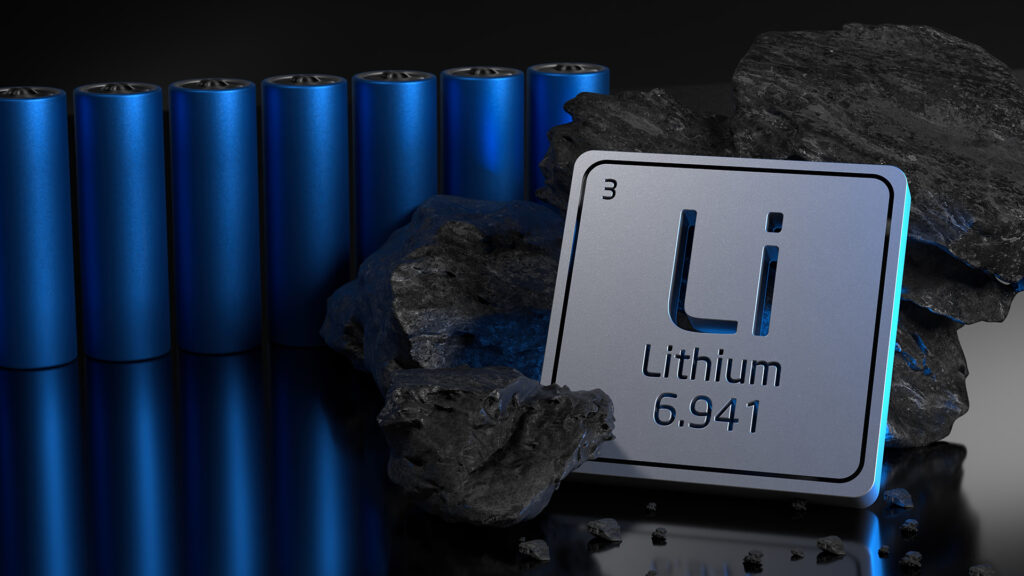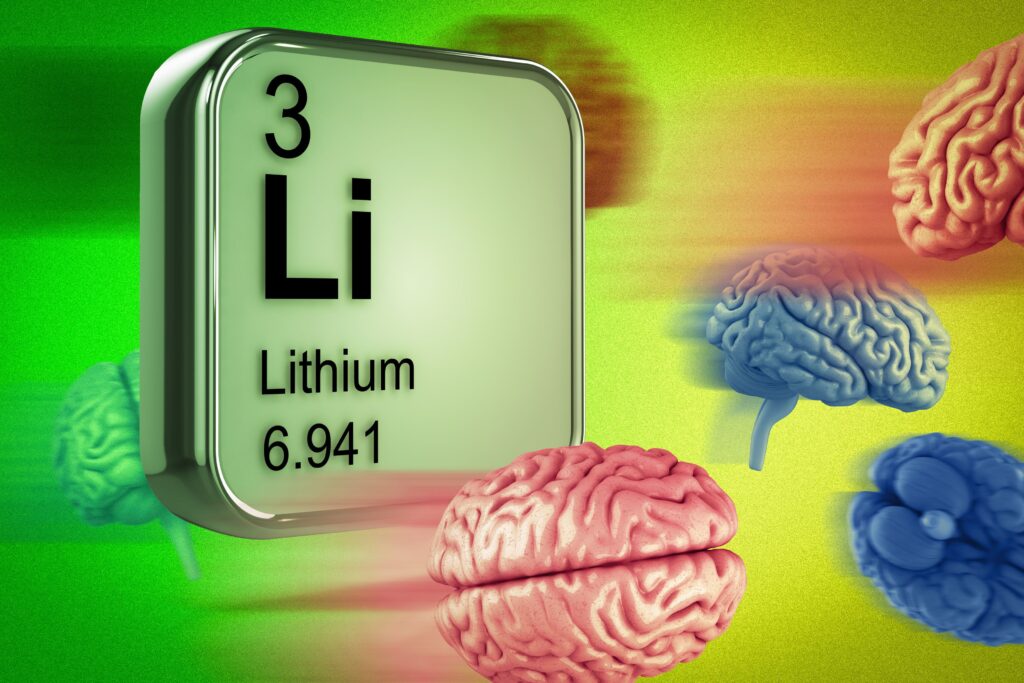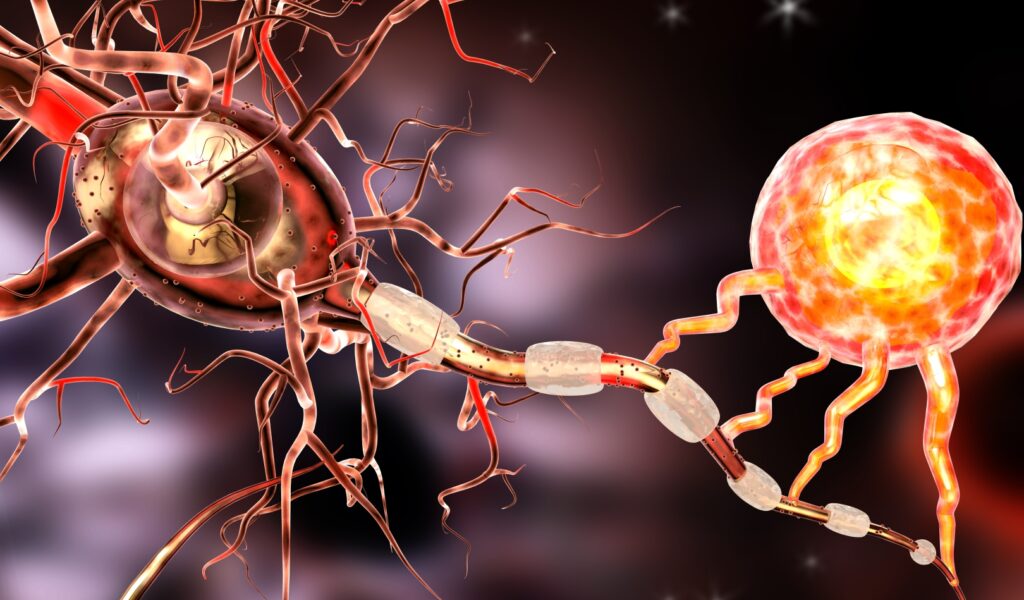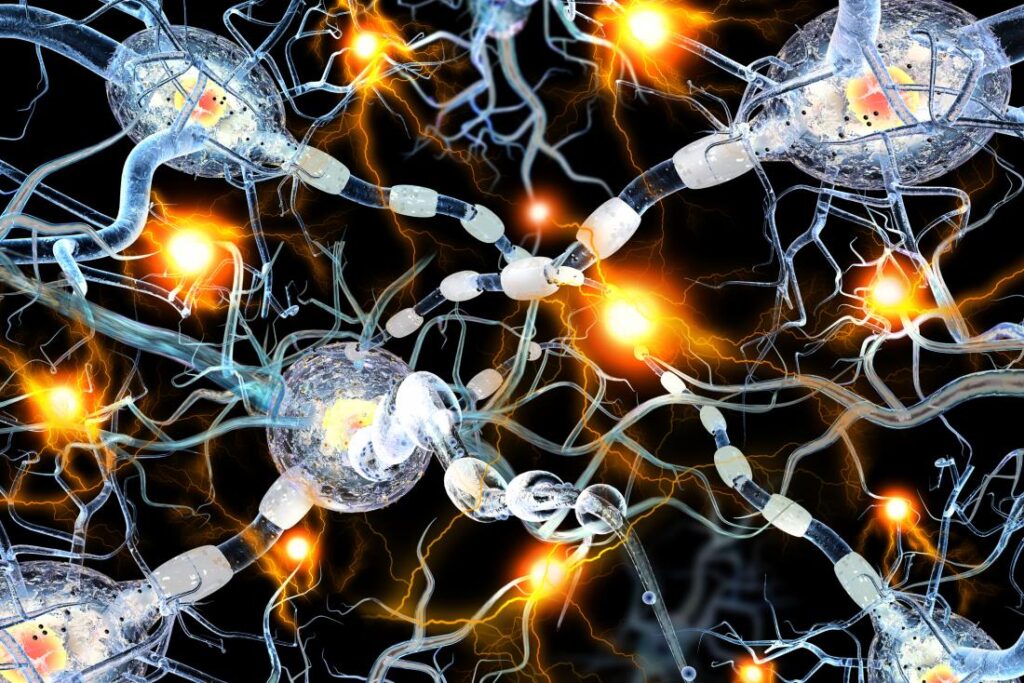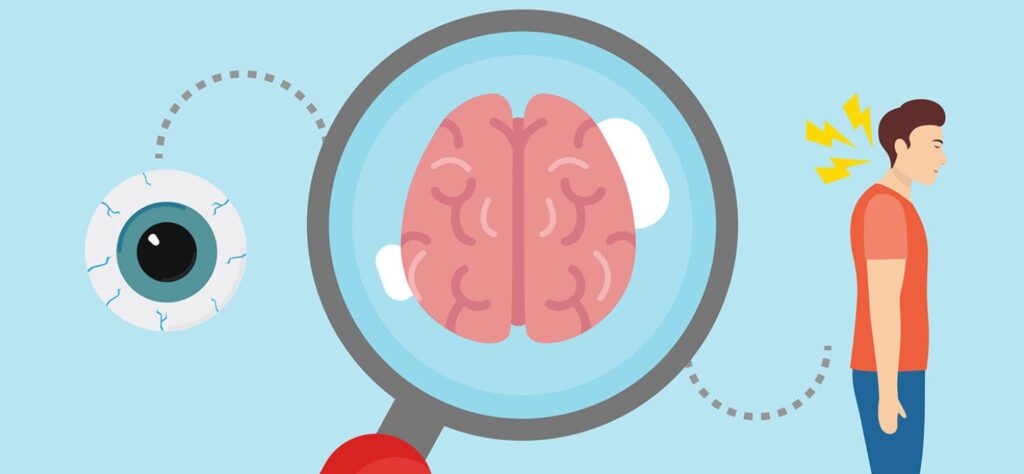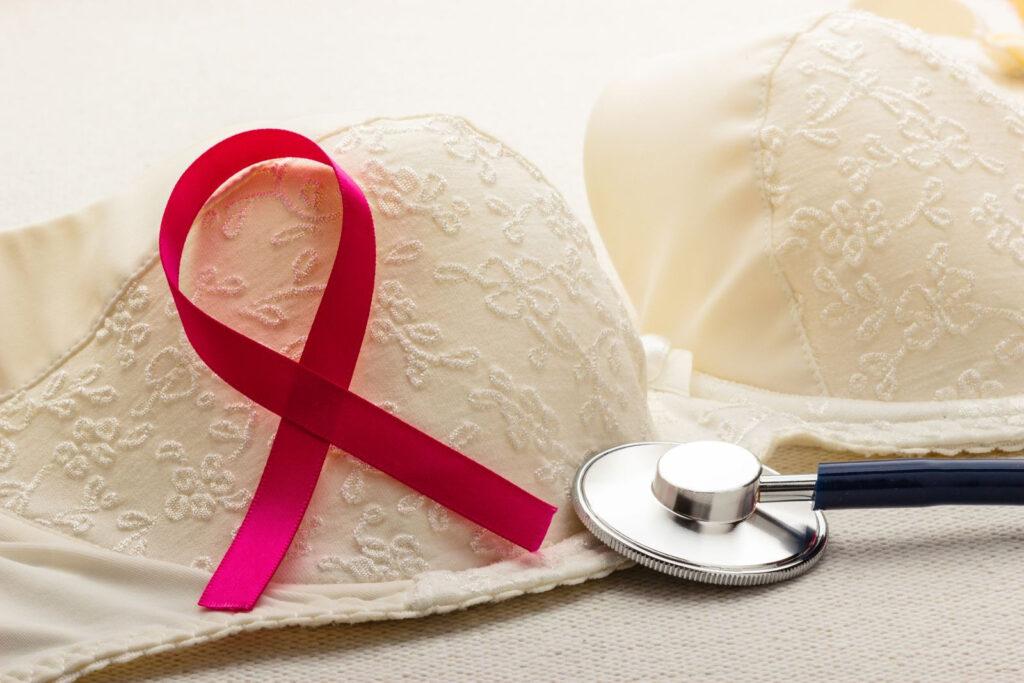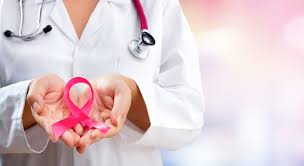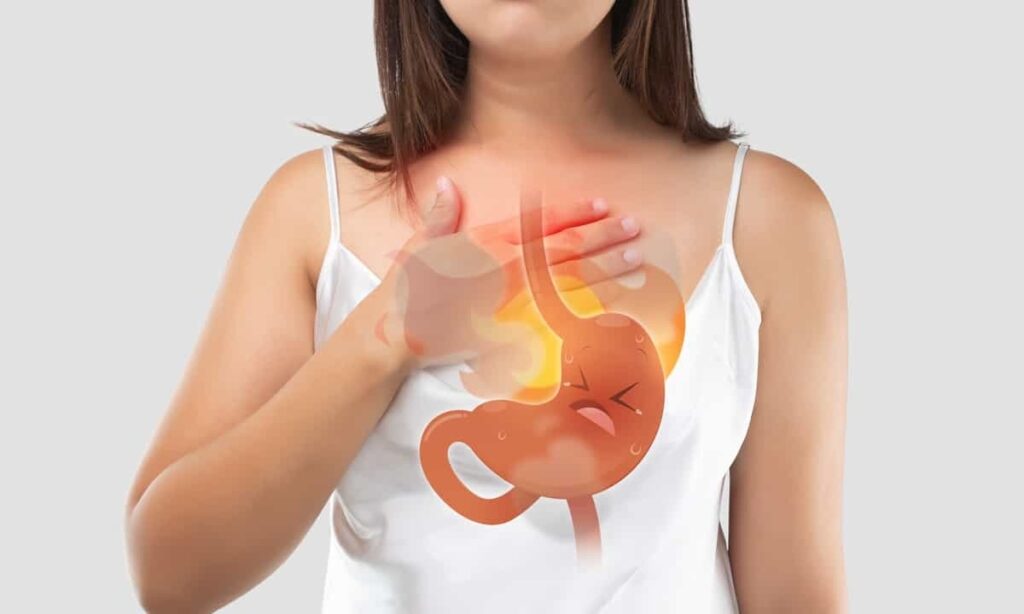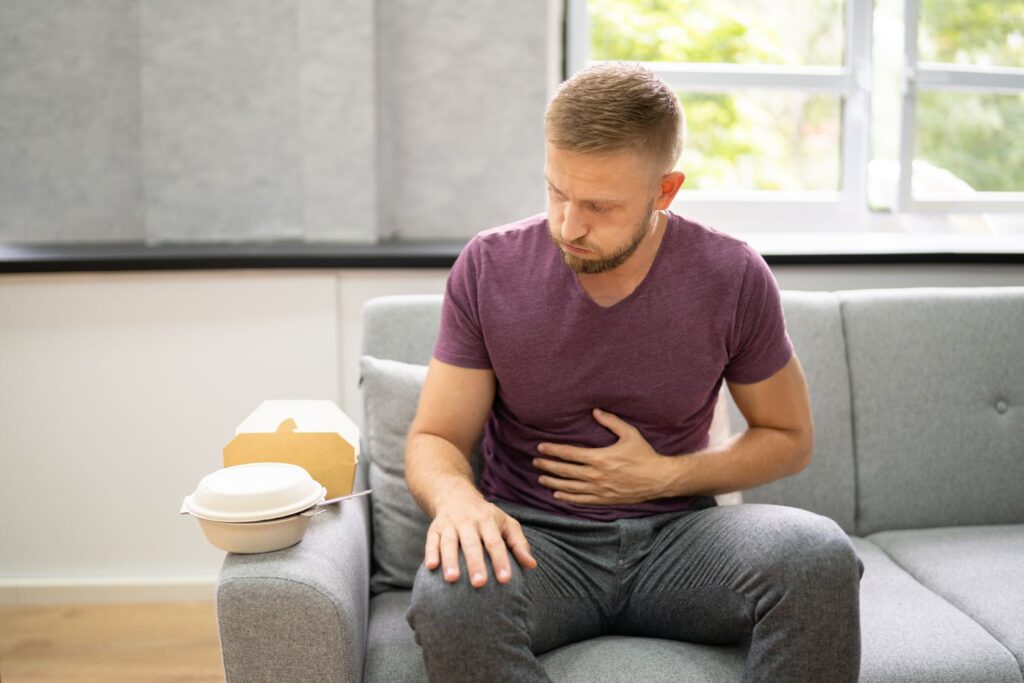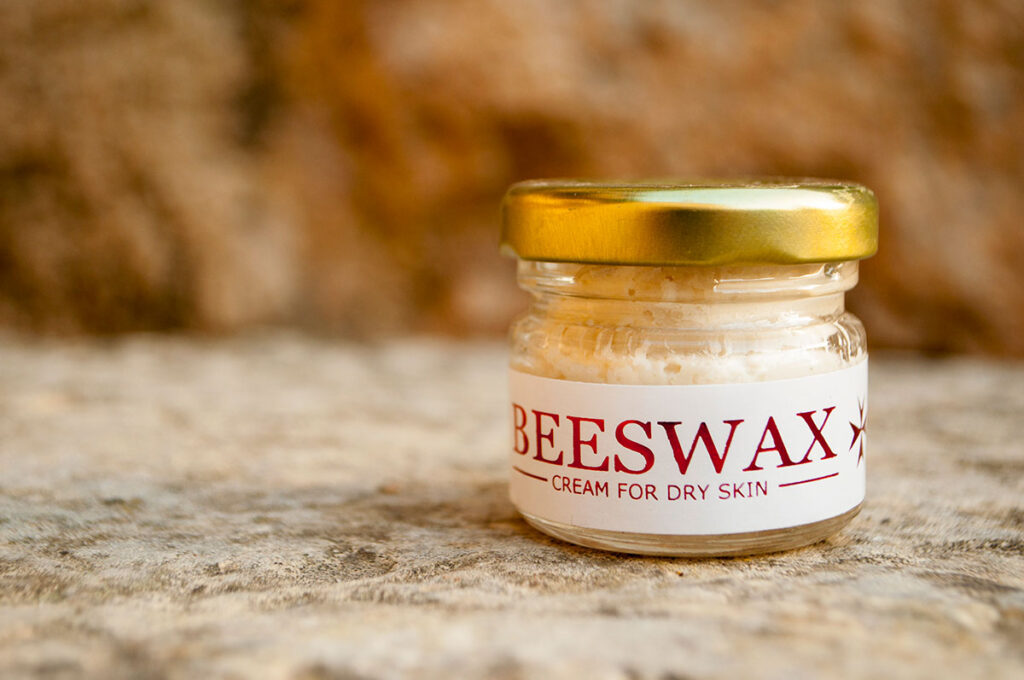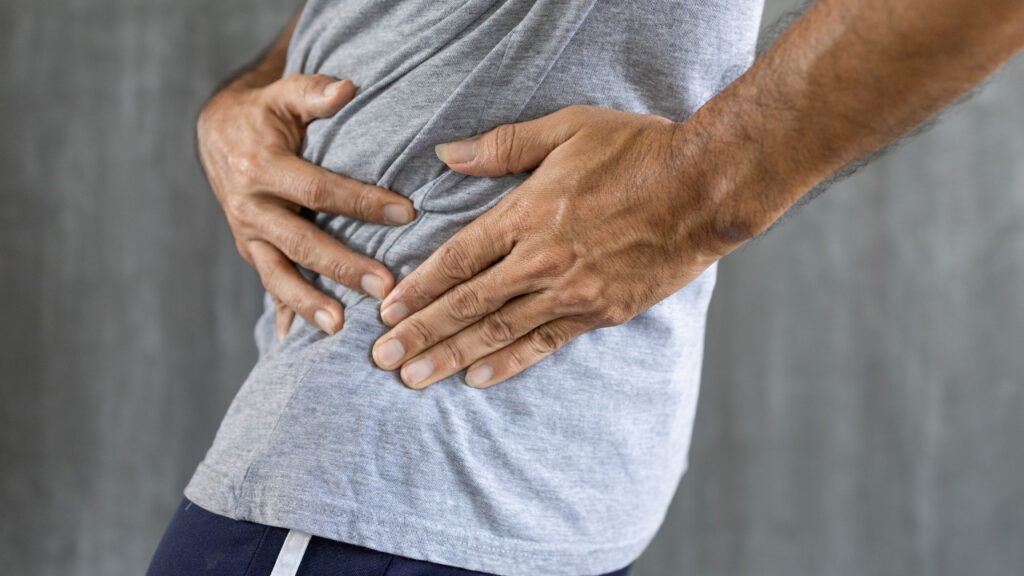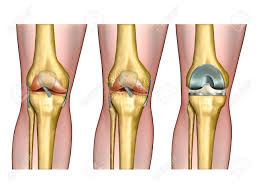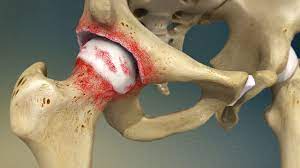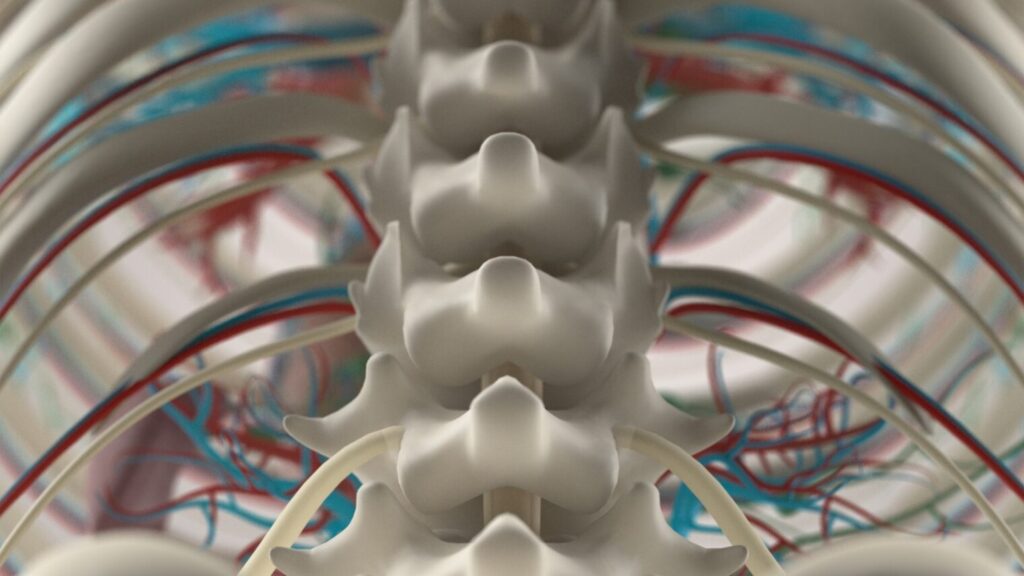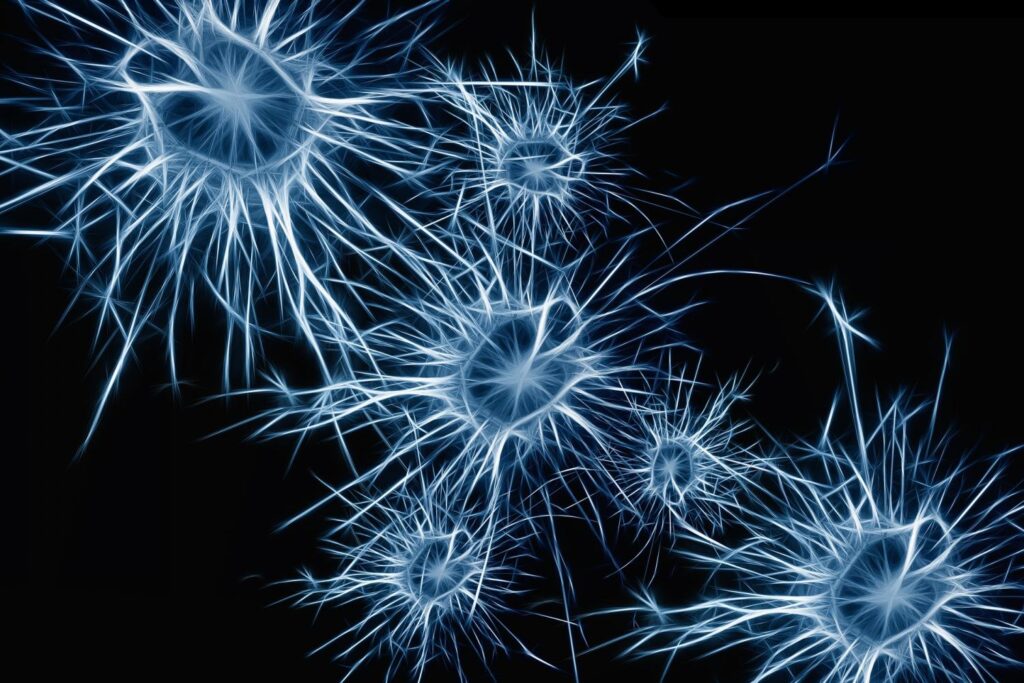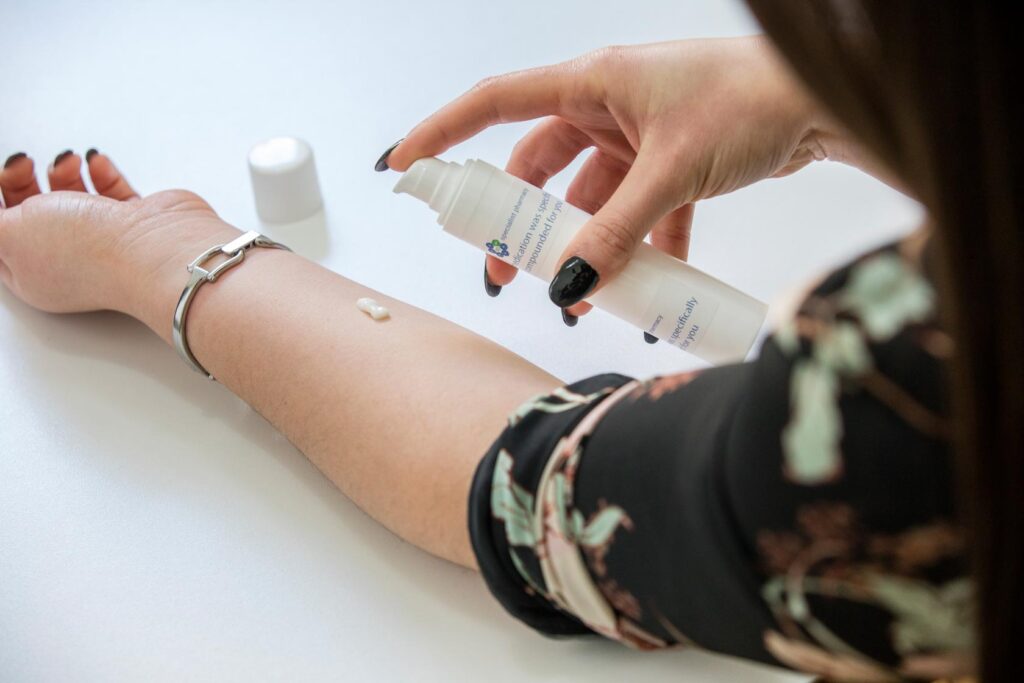The red blood cell distribution width (RDW) is a measure of the variation of red blood cell (RBC) size that is reported as part of a standard complete blood count (CBC). Usually red blood cells are a standard size of about 6-8 μm. An elevated RDW (red blood cells of unequal sizes) is known as anisocytosis.
RDW is a sensitive marker of early nutritional deficiency (such as iron, B12 or folate deficiency) affecting red blood cell production and maturation and it becomes elevated earlier than the other red blood cell parameters changes.
Nutritional deficiencies are common in people with gluten sensitivities (with celiac disease being the most severe form) and they result in various clinical manifestations such as:
• Loss of appetite and weight loss, weakness, sore tongue, heart palpitations, irritability and behavioral disorders (in folate deficiency)
• Fatigue (B12 and iron deficiency), depression and poor memory (B12 deficiency)
• Shortness of breath, chronic recurrent infections, hair loss, irritability, restless leg syndrome, weakened nails, chapped lips, angular stomatitis (cracking in the corner of the lips), easy bruising, craving ice (in iron deficiency)
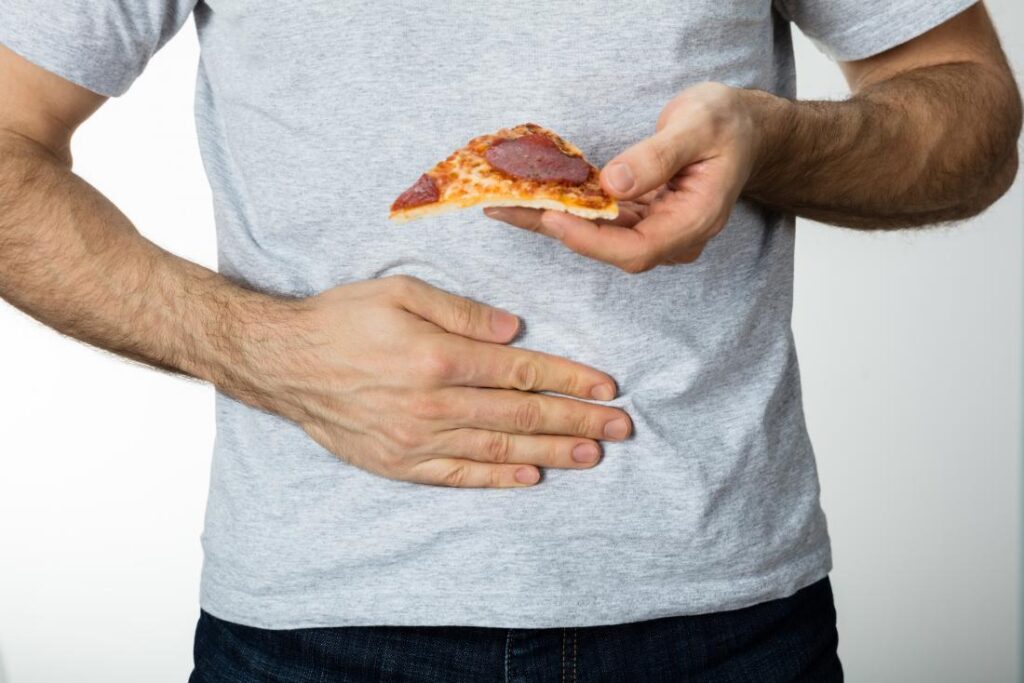
Gluten contributes to nutrient deficiencies in several ways. Nutrient malabsorption is often a consequence of villous atrophy (damage of the small intestinal mucosa). Additionally, gluten damages the stomach cells that are producing acid (which is required for iron absorption) as well as intrinsic factor (required for B12 absorption).
Previous Italian research studies (from 2002) have been shown that in patients in whom there is a strong clinical suspicion of gluten sensitivity (celiac disease), an elevated RDW despite normal hemoglobin concentration may be a reliable predictor of the disease. It was also reported that RDW can be used to monitor dietary compliance in celiac disease as RDW normalized in response to a gluten-free diet.
A more recent research study (from 2012) published in the Turkish Journal of Gastroenterology discussed how iron deficiency can be the first symptom associated with celiac disease. The published data led to the recommendation of ruling out gluten sensitivity in all patients with iron deficiency anemia. Additionally, it was recommended gluten sensitivity screening in all patients who persistently show low level of iron despite of taking iron supplements (refractory iron deficiency).
In conclusion, if you suffer from any of the above symptoms and have elevated RDW for unknown reasons, rule out gluten sensitivity.
References:
1. Guglielmi V et al. RDW: new screening for coeliac disease? Minerva Med. 2002. Oct; 93(5):419-21
2. Sategna Guidetti et al. Red cell distribution width as a marker of coeliac disease: a prospective study. Eur J Gastroeneterol Hepatol. 2002. Feb; 14(2):177-81
3. Ayhan Hilimi Cekin et al. Celiac disease prevalence in patients with iron deficiency anemia. Turk J Gastroeneterol. 2012. 23(5): 490-495
Dr. Cristina Persa is a Washington State Board Certified Naturopathic Physician. She also earned her Medical Doctor degree from the prestigious University of Medicine and Pharmacy “Iuliu Hatieganu” in Cluj Napoca, Romania. Dr. Persa’s clinical interest is in adult primary care with a focus on prevention and management of chronic and autoimmune diseases, allergies and macular degeneration using evidence-based integrative therapies.
More to read: What REALLY Causes Heartburn?


